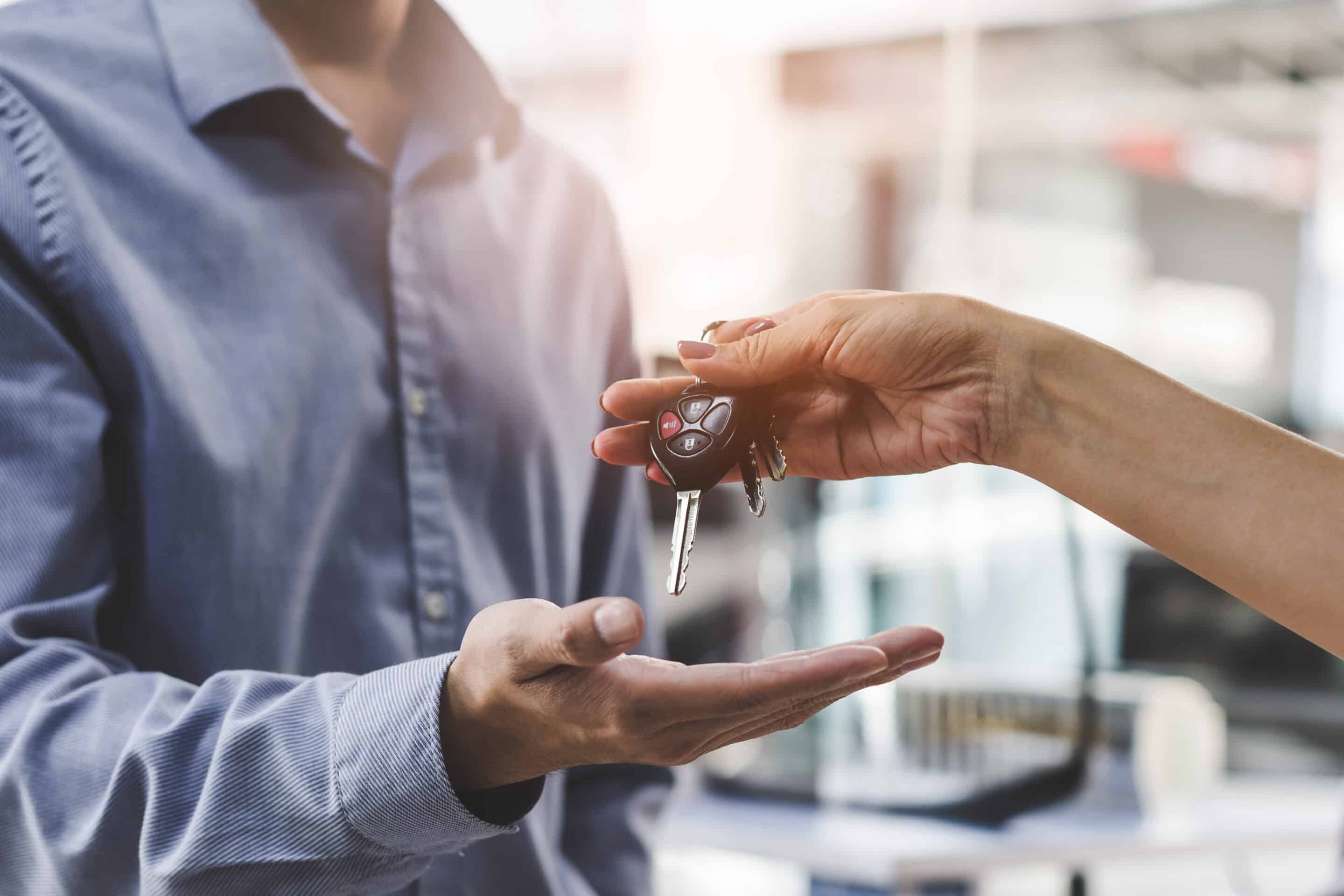Does your dealership use an external BDC for sales calls? Many managers like to keep control of their sales process in house, but realistically, the majority of salespeople don’t have time to place the hundreds of calls necessary every week to keep their pipeline filled.
Additionally, many salespeople lack the skills to effectively engage consumers over the phone. The personality types that provide engaging in-person experiences don’t always translate well to over-the-phone experiences.
Using an external BDC is not about handing off the sales process to someone else; it’s about increasing the number of opportunities for your own team. If you’re not sure whether a virtual BDC can provide value or ROI, use these metrics to measure performance.
1) Contact Rate
The more information provided with a lead, the better the contact rate. If a lead has a single phone number, the contact rate is typically in the low 60-percentile range. However, if a lead has two phone numbers, the contact rate jumps drastically. In general, contact rates between 70 to 80 percent are considered excellent.
Many salespeople complain they can’t get hold of leads after repeated attempts. The reality is, most dealership salespeople quit after two attempts. External BDC data shows it takes an average 3.4 phone calls to connect with a customer. That’s an average; most external BDC agents will make at least six to eight attempts.
2) Conversion Rate
Conversion rates are challenging to measure because they vary depending on the type of campaign. If a BDC is placing cold calls from a data mining campaign, the percentage will probably be low, whereas Internet leads from in-market car shoppers will yield conversion rates that are relatively high.
If you’re looking for a rough average, approximately 45 to 50 percent of calls placed by a BDC will generate an opportunity of some sort; whether in sales or service.
If your BDC/CRM software is integrated with your DMS, you can track sold customers and/or number of service appointments set. This allows for accurate measurement of conversion rates for specific campaigns.
3) Time on Phone
Most dealers don’t think about this but depending on the type of call, time on the phone can be a gauge that helps to measure customer engagement. In sales, the longer a BDC agent is on the phone, the better customer experience they provide. In service the opposite is true. Service appointment setting should be a short, efficient process. The longer the BDC agent is the phone, the more questions the customer has and the longer it’s taking to get those questions answered.
These metrics will help you evaluate whether the external BDC you’re using is providing value and ROI for your dealership.
However, it’s important to realize that outsourcing calls to a BDC is not meant to be a ‘silver bullet’ that will instantly flood your showroom with customers. An external BDC is simply an additional tool that can help elevate your own teams’ performance to the next level, and at the same time improve the experience your customers have with your business over the phone.
If a BDC agent sets an appointment, it’s still the dealership’s responsibility to confirm that appointment, preferably twice; immediately after it’s made and again the day before. If a warm lead is handed over, it’s still your sales’ team responsibility to answer customer questions and provide an honest, transparent experience.
One effective way for dealerships and BDCs to work together is a hybrid process, where the internal dealership salespeople handle short-term follow up, while an external BDC handles long-term follow up and business development.
One of the main benefits of having an external BDC do long-term follow up is the survey data they collect. Because the calls are coming from a third part, 95 percent of customers contacted after visiting a dealership are willing to give a short survey. This data is extremely valuable and can be used as a teaching tool to improve internal processes and/or salesperson behavior.
BDC agents typically ask customers to rate the salesperson’s product knowledge, level of courtesy and test drive experience, as well as verify and gather additional ways to communicate. Most of these questions are designed to build rapport with the customer. The most important question comes at the end: what can the dealership do to earn your business? That’s the feedback sales managers should pay attention to and use to recover lost prospects and increase sales to new prospects.
If you’ve ever considered outsourcing to a BDC, use these metrics to help you determine the value and ROI it provides. But don’t expect the BDC to replace the efforts of your sales team; instead, it should complement your teams’ efforts and increase the number of overall opportunities.








